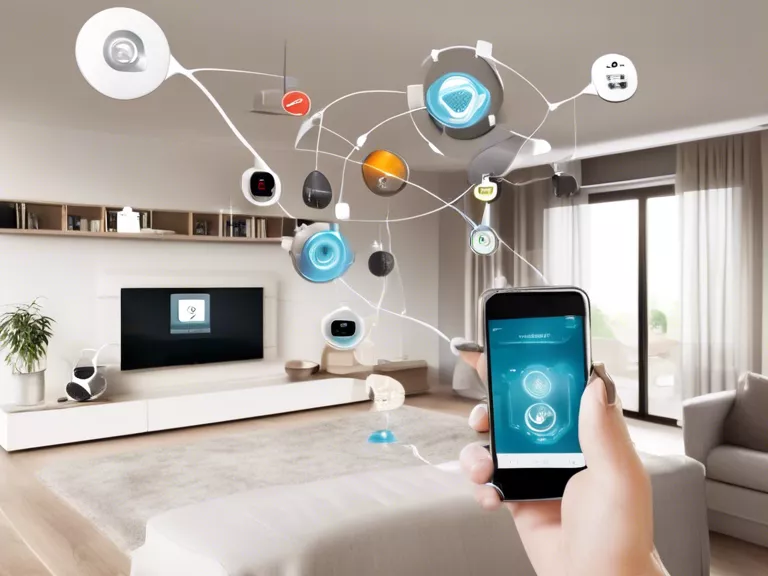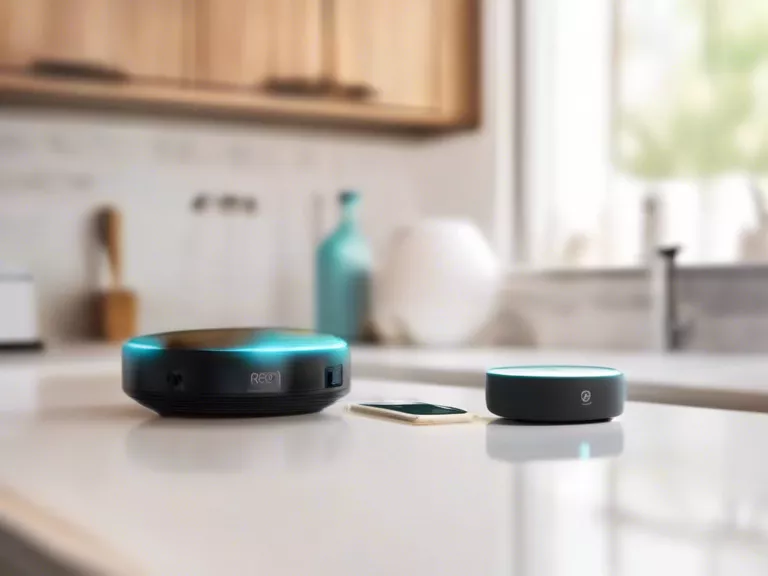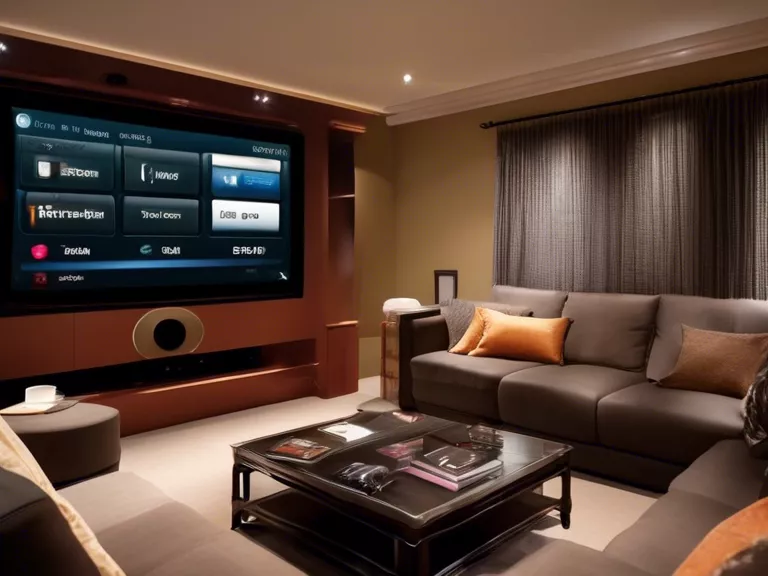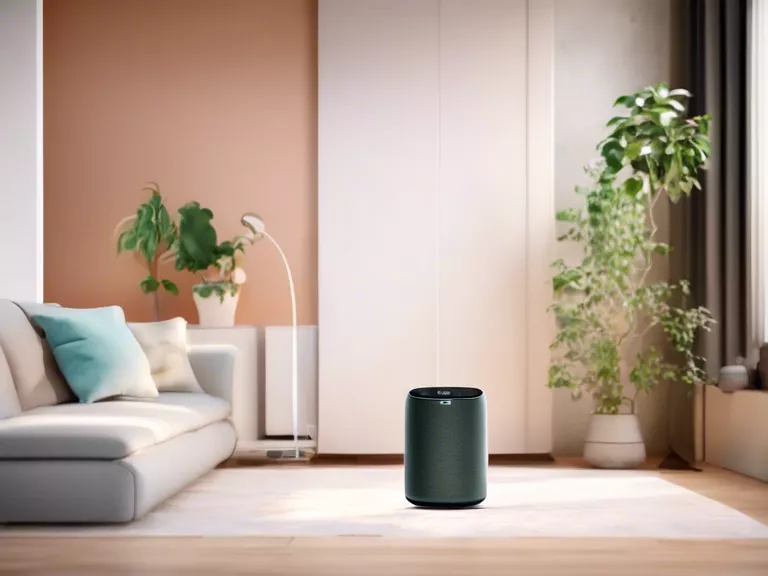
How to Integrate Smart Devices for a Fully Automated Home Experience
The rise of smart devices has revolutionized the way we interact with our homes. From light bulbs to thermostats to security cameras, these devices offer convenience, energy savings, and peace of mind. However, integrating all these devices into a cohesive system can be overwhelming. In this article, we will explore how to seamlessly integrate smart devices for a fully automated home experience.
Step 1: Choose a Central Hub
The first step in creating a fully automated home is to choose a central hub to control all your smart devices. Popular options include Amazon Alexa, Google Home, and Apple HomeKit. Make sure that all your devices are compatible with your chosen hub to ensure seamless integration.
Step 2: Connect Your Devices
Once you have selected a central hub, it's time to connect your smart devices. Most devices can be connected via Wi-Fi or Bluetooth, while others may require a separate hub or bridge. Follow the manufacturer's instructions to connect each device to your central hub.
Step 3: Set Up Automation
Automation is the key to a fully integrated smart home experience. Create routines and scenes to automate tasks such as adjusting the thermostat, turning on lights, and locking doors. You can schedule these actions to occur at specific times or trigger them based on conditions like your location or the status of other devices.
Step 4: Monitor and Adjust
After setting up automation, regularly monitor your smart home system to ensure everything is working correctly. Make adjustments as needed to optimize energy savings and convenience. Keep an eye out for software updates and new devices that can enhance your home automation experience.
By following these steps, you can create a fully automated home that offers convenience, energy savings, and enhanced security. With the right central hub, device compatibility, and automation setup, you can enjoy a seamless smart home experience.



